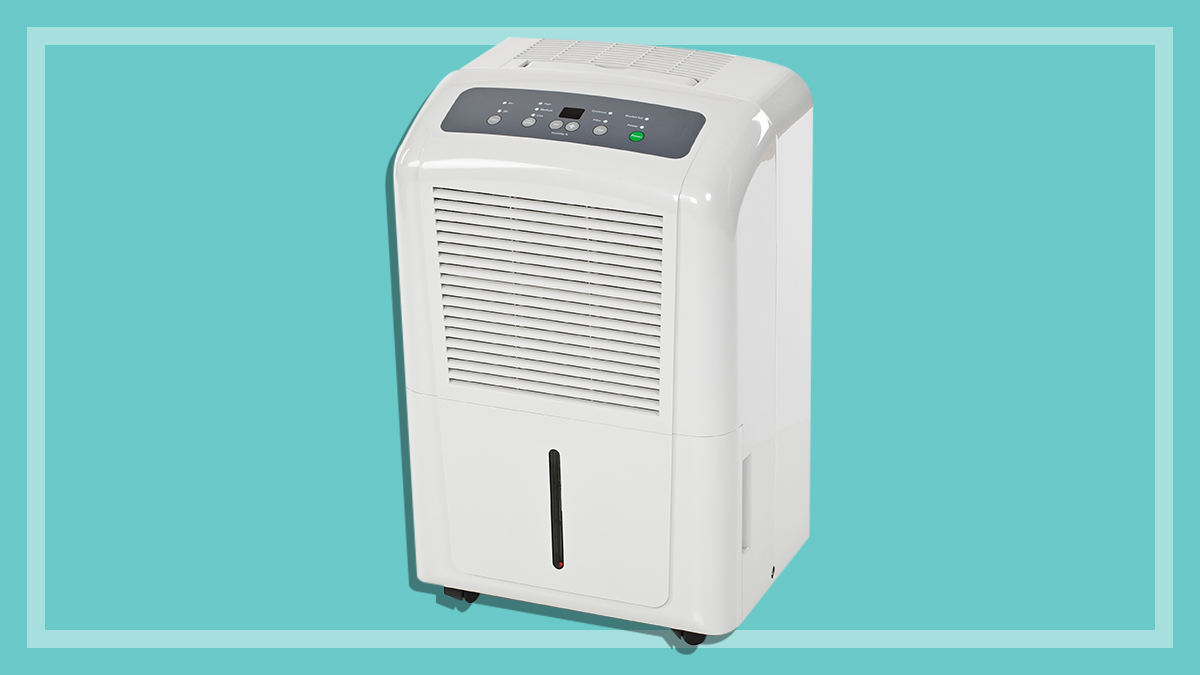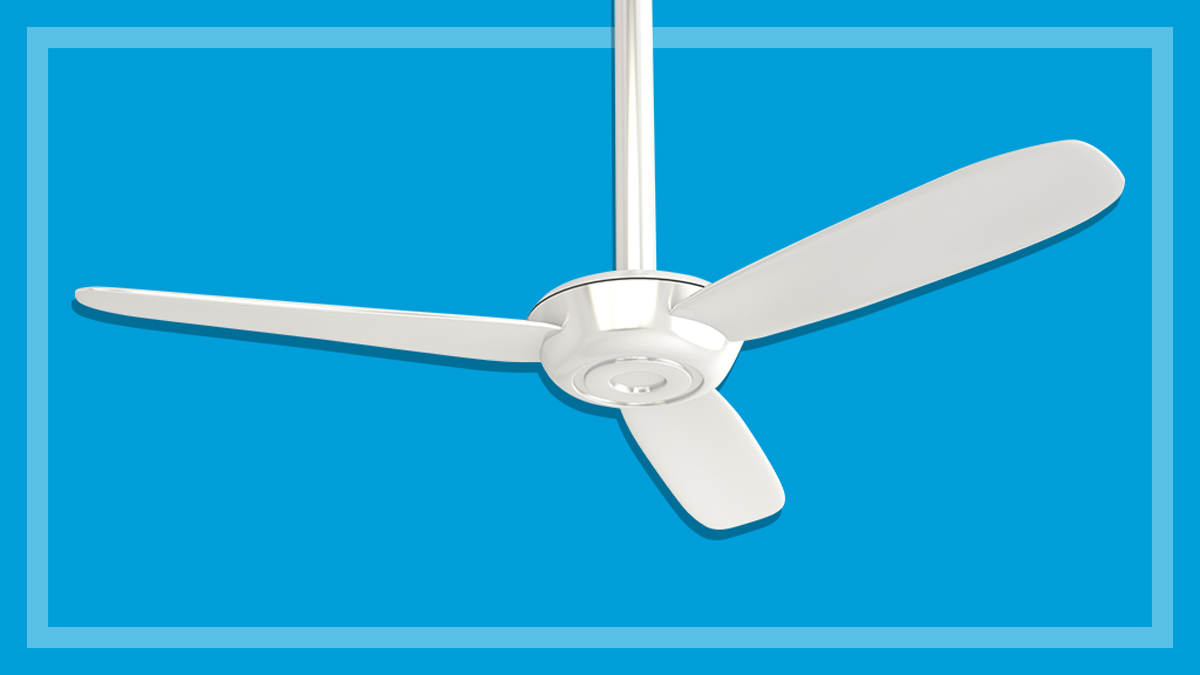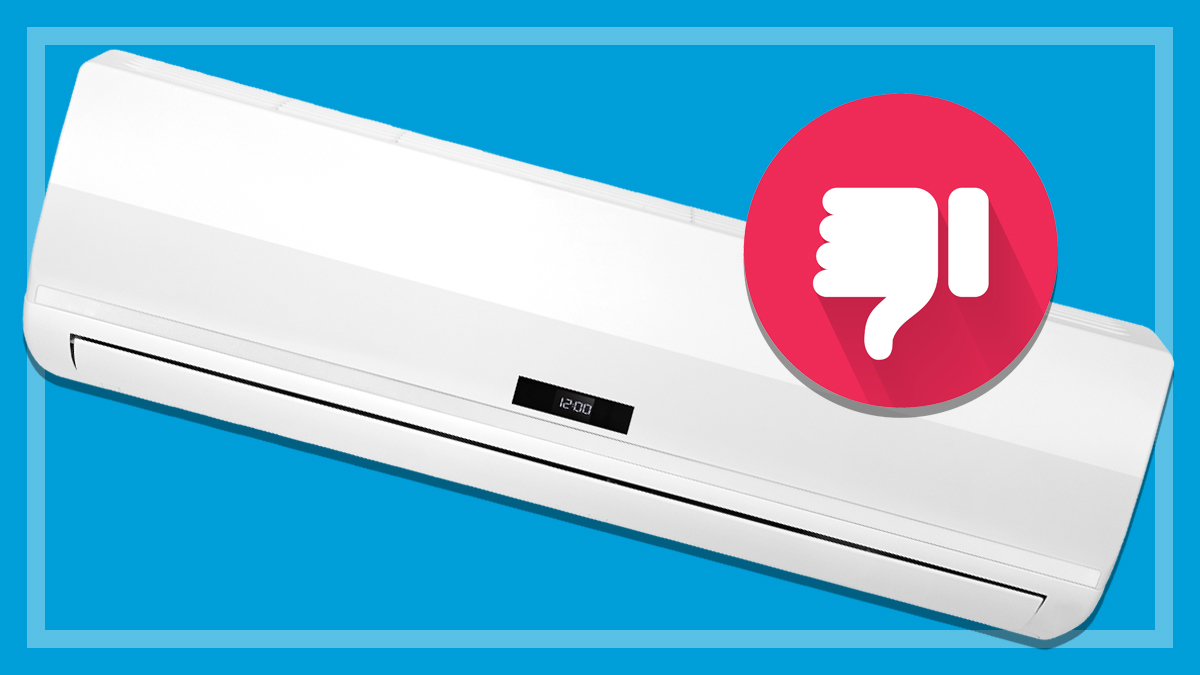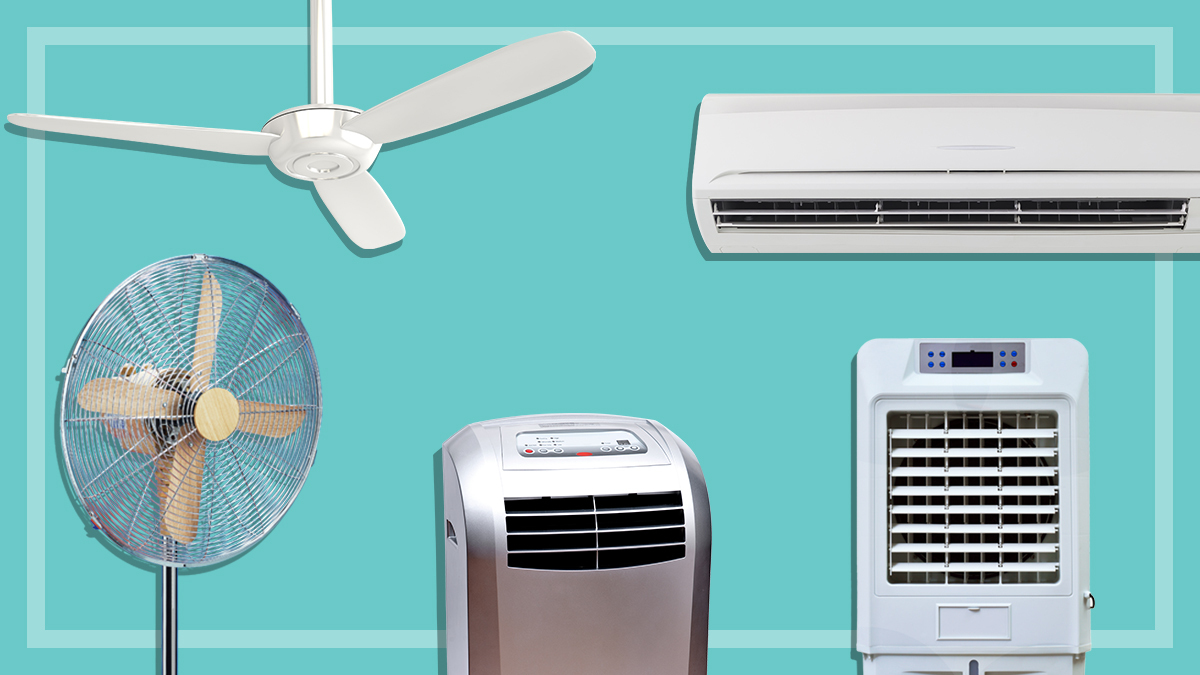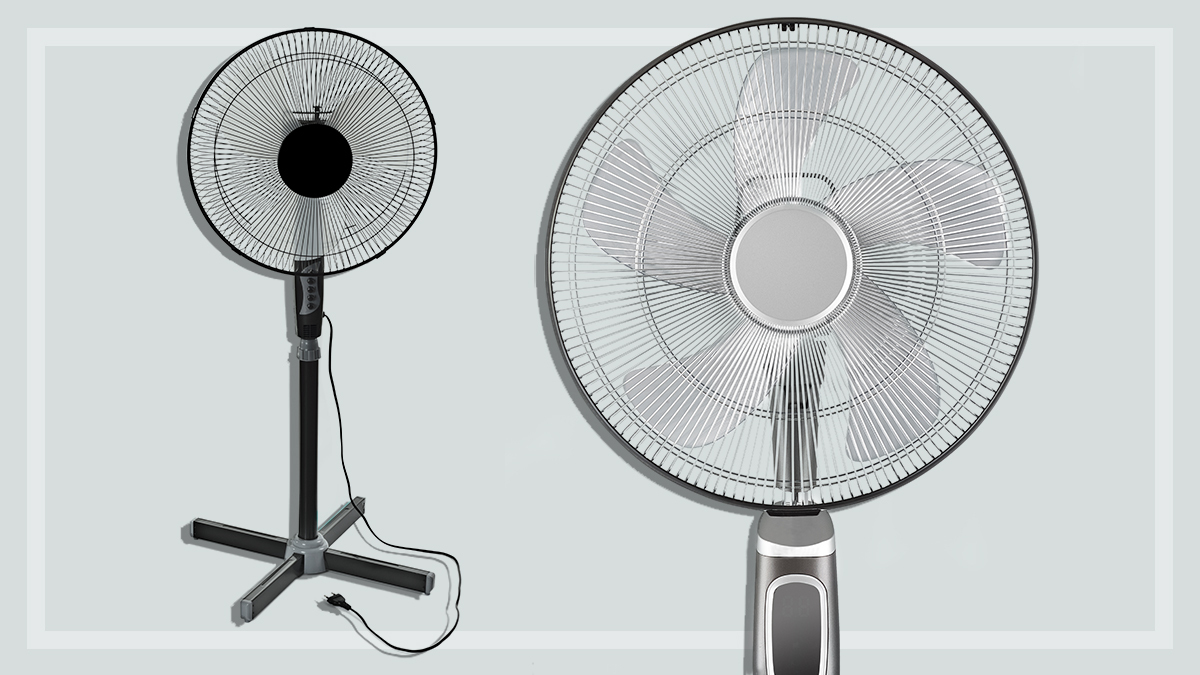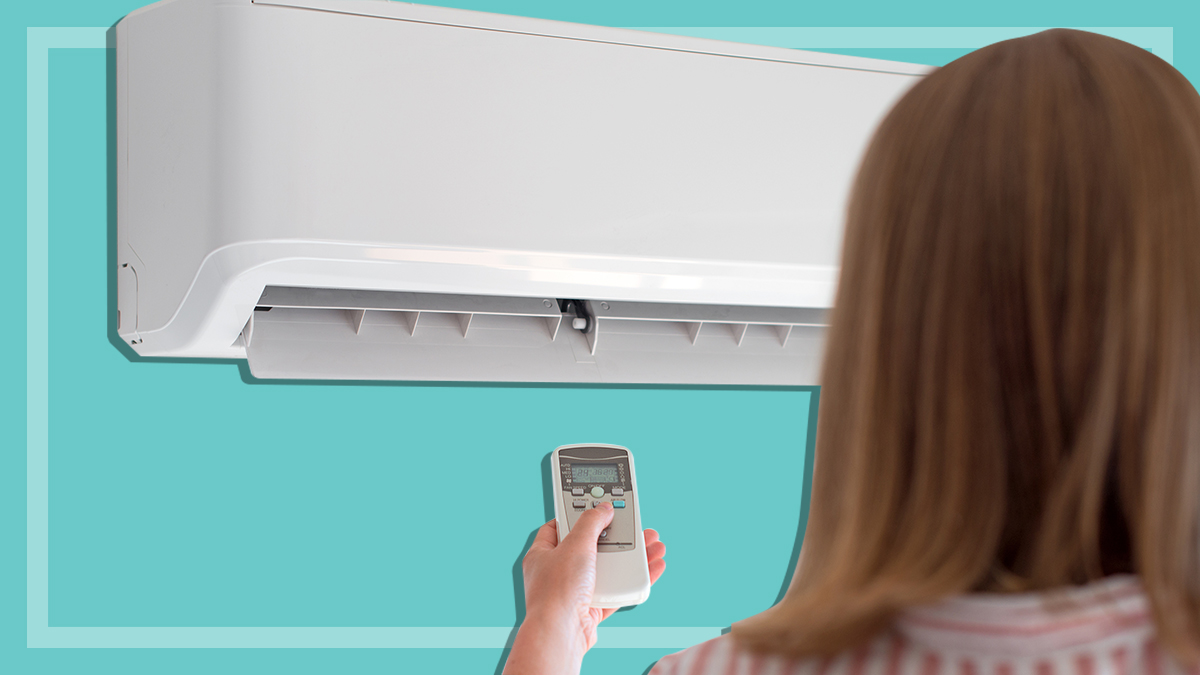Get our independent lab tests, expert reviews and honest advice.
How to buy a dehumidifier for your home
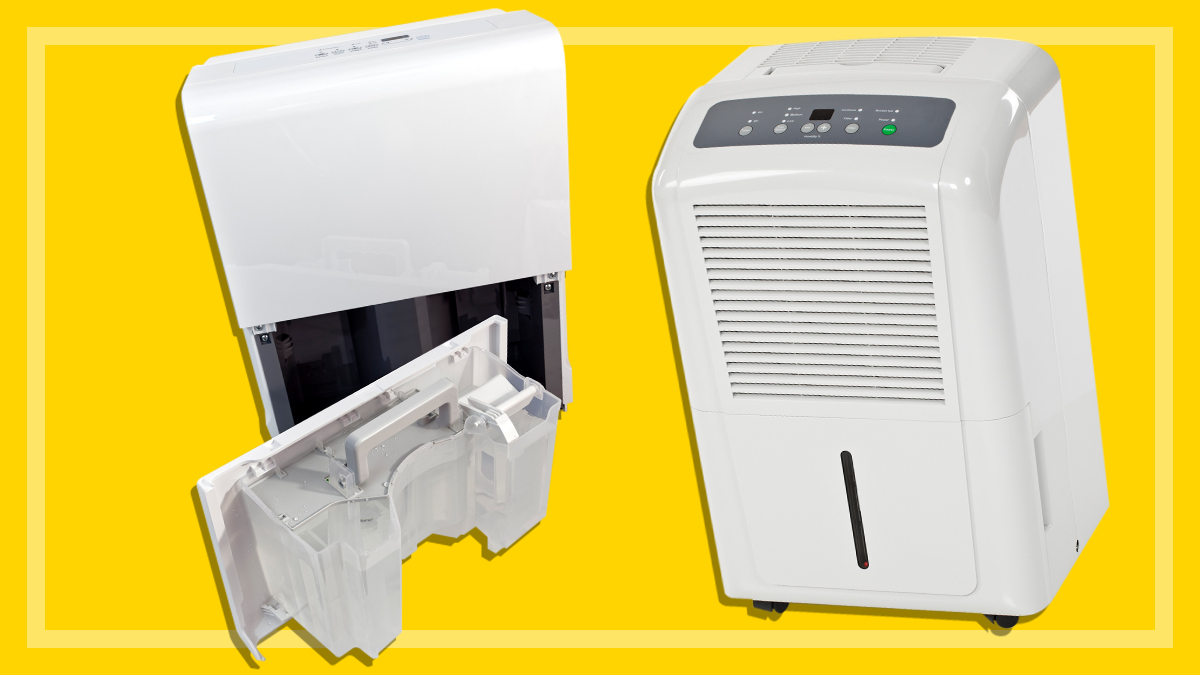
Unless you’re half human/half orchid, you probably don’t like humidity. Whether in a hot humid summer or a cold wet winter, damp indoor air can be a problem. It’s uncomfortable, it encourages mould and dust mites, and condensation can stain or even ruin paintwork. If you’ve got damp air in your home, a dehumidifier could be the answer.
On this page:
- What is a dehumidifier?
- How does a dehumidifier work?
- What kind of weather conditions does a dehumidifier work best in?
- Do you need a dehumidifier if you already have an air conditioner?
- Features to look for in a dehumidifier
- How much do dehumidifiers cost?
- Are dehumidifiers noisy?
What is a dehumidifier?
A cheaper, easier and less time-consuming effort than renovating your house to rid yourself of damp, a dehumidifier can keep the status quo during the humid seasons and save you having to get down into the foundations. It’s also particularly useful if you’re renting a damp house.
A dehumidifier essentially removes moisture from the air, helping to prevent mould.
What’s the difference between a humidifier and a dehumidifier?
While a dehumidifier takes water out of the air, a humidifier puts water back into the air. This is useful for low humidity conditions like the depth of winter where you tend to get chapped lips and dry skin – sometimes even a bloody nose.
How does a dehumidifier work?
Most dehumidifiers, including most of the models we test, work by refrigeration.
Refrigeration dehumidifiers draw air in, filter it, cool it to condense the moisture, then reheat it and push the warmer, dryer air back into the room. This warms the room somewhat, but not as much as an actual heater. Refrigeration models operate best in hot, humid conditions. The hotter the air, the easier it is to cool it by a large amount and extract moisture from it. They don’t work so well in cold air as it’s harder to cool already cold air in order to condense water from it.
Desiccant rotor dehumidifiers are becoming more readily available. These models use a slowly rotating disc or belt of material which absorbs moisture from the air. The damp section then moves through a drying process (typically a heating element), which evaporates the water and collects it in the tank.
Thermo-electric dehumidifiers are a less common type of technology in Australia – we’ve been unimpressed with the performance of those we’ve tested. They work by drawing humid air across a peltier module, which is a solid state active heat pump.
What kind of weather conditions does a dehumidifier work best in?
The best type of dehumidifier for your home can depend on whether you mainly need to dehumidify in cold damp conditions, or hot humid conditions.
- Warm climate seasons: Refrigerant dehumidifiers
- Cool climate seasons: Desiccant dehumidifiers
Because they don’t use cooling to extract the moisture, desiccant rotor models can be much more effective than refrigeration models in cold climates. In fact, their performance should be largely unaffected by the air temperature. We tested a good desiccant and a good refrigeration model in identical hot humid conditions (30°C and 80% relative humidity) and found that both performed to their rated water removal rates.
The desiccant model performed much the same as it did in cold conditions. The refrigeration model, which had performed relatively poorly in cold conditions, performed very well in hot conditions – on average, it extracted more than four times as much water in hot conditions as it did in cold conditions.
This shows that both desiccant and refrigeration dehumidifiers can do the job in hot humid conditions. But desiccant models rarely exceed a rated extraction rate of 10L per day, while you can find refrigeration models rated up to 30L per day or more. So for heavy-duty dehumidification in hot conditions, a refrigeration model would be the best option. The better-performing refrigeration models in our tests should perform very well in hot conditions.
Do you need a dehumidifier if you already have an air conditioner?
The dehumidification process can also result in the air being heated up to some extent, so if you just need moderate dehumidification in hot conditions, an air conditioner might be a better option, as these dry the air as they cool it. The water condensed from the cooled air drains to the outside (that’s why there’s a water drainage pipe from the indoor unit).
Split-system reverse cycle air conditioners are common in Australia, providing both heating and cooling functions. Many also have a ‘dry’ mode, which is a mild cooling mode that focuses more on dehumidifying than cooling, and can be useful on mildly warm but humid days.
So if you’ve already got a split-system air conditioner located in the right place, and your dampness problems are mainly during warm to hot weather, the air conditioner might be your best bet. But if the dampness is in other rooms, or happens mainly in cold seasons, consider a dehumidifier.
Features to look for in a dehumidifier
Humidistat
The humidistat lets you set a target relative humidity for the room (basically, that’s the amount of water in the air for a given temperature). Depending on the model, this might be a precise number setting, or it might just offer a few basic settings such as low, medium and high. Rotary-dial humidistats with no precise markings make it hard to find the actual humidity level. Ideal relative humidity for human comfort is in the 40–60% range, but you might try as low as 30% if you prefer a dryer feeling, or up to 70% for more humidity.
Low temperature effectiveness
Excessive moisture in the air can occur at high and low temperatures. Manufacturers might give water removal rates at conditions which make their machines look the best, typically 30°C and 80% relative humidity. Performance is often lower at colder temperatures, so if you want to deal with winter condensation, ask for figures at 10°C and 15°C (although they won’t always be available).
Portability
Wheels, castors and handles are useful, as dehumidifiers can be heavy. Cord storage is handy when moving the unit or packing it away.
Tank
A small water-collection tank makes a dehumidifier more compact and easier to carry around, but if the tank is too small, you’ll have to empty it several times a day. Models with larger tanks won’t need to be emptied as often, but can be bulkier. The tank should be easy to remove, and big enough to hold at least 4L of water.
Continuous drain
This is useful if the dehumidifier will be run for long periods in the same location, and some come with an adaptor hose to pour the collected water straight down a drain. For other models you’ll need to supply your own hose.
Controls and labels
These should be easy to see, understand and use.
Filter
All the models we tested have an air filter for trapping dust, and some models have a UV light filter for killing airborne bacteria.
Laundry mode
Laundry mode is a special mode to speed up drying damp clothes arranged near the dehumidifier on drying racks. Typically it uses a high fan speed, as well as maximising the dehumidification, to circulate as much dry air around the clothes as possible. It can be a useful feature if you often have to dry clothes indoors and don’t have a tumble dryer.
Permanent installation
Almost all the dehumidifiers we test are portable units, intended for moving from room to room as needed. Many have a continuous drain feature (see above) which can be handy if you need to leave them running in one location most of the time, though you need to arrange the water drainage appropriately (into a drain for example).
We have included a small commercial unit, the EcorPro DH800, in our dehumidifier reviews. It is designed for permanent installation in a fixed location. This particular model uses a desiccant to absorb water, and doesn’t have a water tank or a drainage hose. Instead, it vents the warm moist air outdoors while blowing the dried air back into the room.
While it’s comparatively expensive compared to most portable units, it’s an effective performer and could be useful if you need long-term dehumidification of a space such as a basement, loft or other room, and where building renovation isn’t a suitable solution.
How much do dehumidifiers cost?
Depending on the size and type you think is best for your conditions, dehumidifiers can range from about $100 to over $1600. Refrigeration models tend to cover more of the market share in Australia and are a little more expensive – and effective in warm climates – than other technologies.
- Small dehumidifier: $100–700
- Medium dehumidifier: $299–800
- Large dehumidifier: $399–850 or more
Are dehumidifiers noisy?
Most dehumidifiers make upwards of 50 decibels (dB) of noise – enough to be annoying if you’re trying to watch TV, hold a conversation or sleep. By comparison, most fridges are about 30–40dB.
As with any appliance, there’s also the quality of the noise to consider – a quiet, high-pitched whine may be more irritating than a louder but low-pitched noise. If you can, get the retailer to turn the unit on so you can hear the noise before you buy.
Note that the decibel is a logarithmic unit: an increase of 10dB is approximately equivalent to a doubling in loudness. In other words, if model A is measured at 50dB, and model B at 60dB, then model B is approximately twice as loud as model A, and model C at 70dB is approximately four times louder than model A.
What else can you use to remove moisture?
In winter you can use an electric heater and dehumidifier together, as each will boost the effect of the other. However, an unflued gas heater won’t help, as it releases moisture into the room.
As mentioned above, an air conditioner can be an alternative to a dehumidifier, as it can dry the air as well as cool or heat, and it may be a better option in hot humid climates where a dehumidifier’s heating effect can be undesirable.

